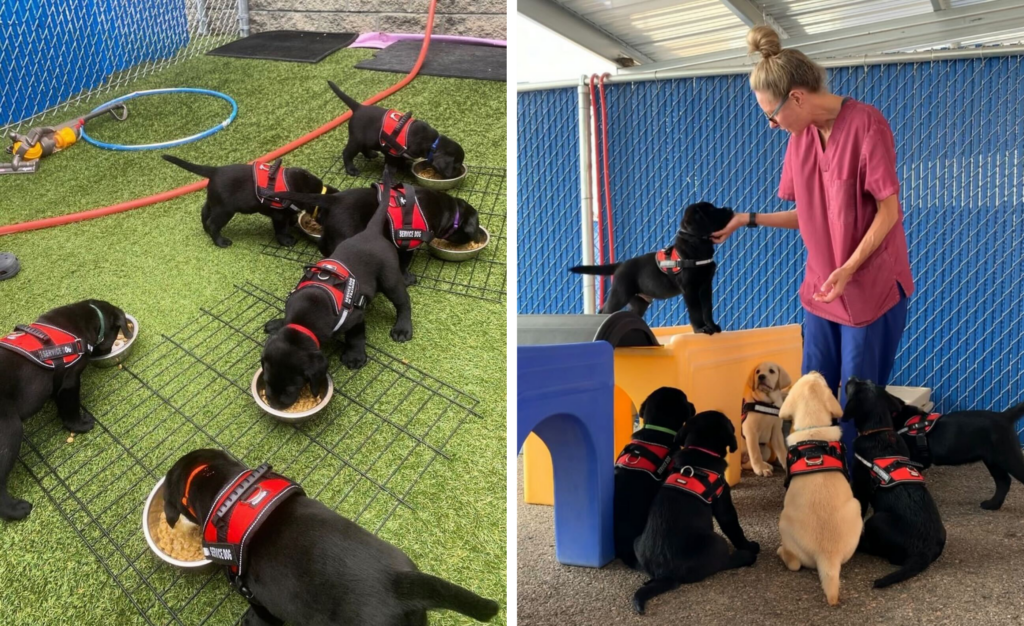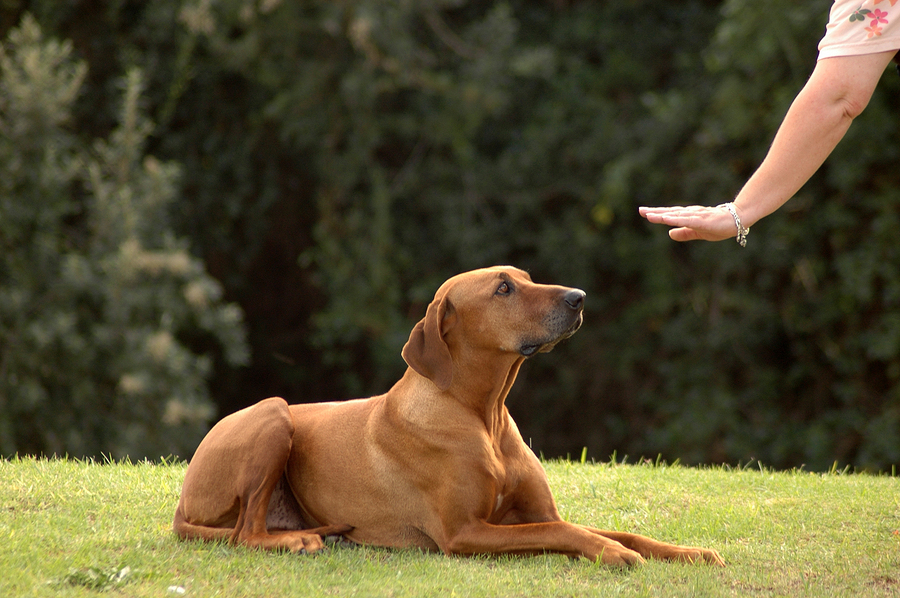How Dog Training Can Improve Your Pet's Quality of Life and Behavior
How Dog Training Can Improve Your Pet's Quality of Life and Behavior
Blog Article
Leading Pet Dog Training Techniques Every Owner Should Know

Positive Support Methods
Using positive reinforcement strategies is crucial for efficient dog training, as it promotes a relying on bond in between the fitness instructor and the dog. This method concentrates on rewarding desirable behaviors as opposed to punishing undesirable ones, developing an atmosphere for learning. Benefits can consist of treats, praise, or playtime, which inspire dogs to duplicate the actions that earn them these benefits.

In addition, this strategy enhances the dog's excitement for training sessions. When dogs associate training with favorable experiences, they are much more involved and responsive. Past instant therapy, positive support motivates a collaborative relationship between the pet and trainer, lowering stress and anxiety and fear
To optimize performance, it is essential to provide incentives quickly, ensuring the pet dog links the actions with the reinforcement. In significance, favorable reinforcement strategies not just generate better-trained canines however likewise promote an unified collaboration between pet dog and proprietor.
Remote Control Training Method
The remote control training approach is a very reliable method that builds on the principles of favorable support by adding a distinct sound to mark wanted behaviors. This technique makes use of a tiny handheld tool that generates a clicking sound, enabling trainers to connect with their dogs in a immediate and clear manner. When a canine performs a behavior that the proprietor wants to urge, the remote control is activated, complied with by an incentive, normally in the type of deals with or praise.
The trick to effective remote control training hinges on consistency and timing. It is important to click at the precise minute the wanted behavior happens, making certain that the pet associates the audio with the action and the subsequent incentive. This method not only improves interaction however likewise fosters a stronger bond in between the canine and the owner, as it encourages engagement and communication throughout training sessions.
Remote control training can be put on a variety of commands and habits, from basic obedience to much more complicated methods. Its convenience and effectiveness make it a preferred technique among expert instructors and pet dog proprietors alike, leading the way for a trained and responsive canine companion.
Leash Training Basics
Reliable chain training is essential for making sure a delightful and secure walking experience for both dogs and their proprietors. A level collar may work for some pets, while others may profit from a harness that lowers pulling.
Present your dog to the chain slowly, permitting them to explore it in a comfortable atmosphere. Once they are accustomed, technique loose-leash walking. This includes gratifying your pet for strolling close to you as opposed to pulling in advance. Use treats and appreciation to enhance preferred behavior, and make certain to stay tranquil and assertive.
If your dog begins to draw, stop strolling immediately. Wait up until they return to your side before returning to. This educates them that pulling does not result in advance. In addition, practice numerous walking environments to assist your canine adapt to disturbances.
Regular technique will strengthen your canine's understanding of leash rules. Keep in mind that chain training is an ongoing procedure; perseverance and uniformity will certainly produce the very best results, cultivating a positive experience for both you and your canine friend.
Socialization Methods
Socialization is an important facet of canine training that ought to ideally start throughout puppyhood but can be advantageous at any age. Effective socialization helps pets establish self-confidence and lowers the possibility of behavior problems. To execute effective socialization approaches, expose your pet to a variety of environments, people, and various other pets.
Start with controlled settings, such as pup courses or organized playgroups, where young canines can communicate securely. Gradually present your pet dog to new experiences, consisting of different sounds, surfaces, and tasks. Make sure these encounters are positive and rewarding to develop a sense of safety and security.
For adult pets or those doing not have direct exposure, begin with low-stress circumstances. Short, positive click to investigate interactions with calm canines and pleasant humans can develop positive associations. Make use of treats and praise to strengthen preferable actions during these experiences.

Consistency and Persistence
Acknowledging the value of consistency and patience in dog training is crucial for attaining long-term results. Educating a pet is a progressive procedure that requires a structured method and unwavering commitment from the proprietor. Each command or actions have to be strengthened consistently to assist the pet dog recognize what is anticipated of them. Inconsistent training can lead to confusion, making it challenging for the pet dog to understand commands or actions, inevitably hindering development.
Moreover, patience is an essential component of efficient training. Pets, like human beings, discover at their own speed. Some might understand ideas quickly, while others might take much longer. It is vital for proprietors to continue to be tranquil and helpful, reinforcing favorable actions without turning to irritation or punishment. This fosters a trusting connection in between the canine and owner, urging an extra passionate and ready news learner.
To cultivate uniformity and perseverance, develop a normal training routine, use the same commands, and make sure that all family members use the same training principles - Dog training. By doing so, you create a steady setting conducive to discovering, allowing your canine to flourish and develop right into a well-behaved friend
Verdict
In conclusion, efficient canine training strategies, such as positive support, clicker training, and correct leash training, are necessary for promoting a healthy and balanced owner-dog relationship. Additionally, implementing socialization strategies and keeping uniformity and patience throughout the training process adds dramatically to a pet dog's total wellness. By incorporating these approaches, pet proprietors can assist in the growth of well-adjusted, obedient family pets, ultimately improving the lifestyle for both the canine and the owner.
Amongst the most prominent methods are positive reinforcement, remote control training, and leash training, each offering unique advantages that contribute to a well-behaved dog. As we check out these fundamental methods, it ends up being apparent that grasping their subtleties can considerably affect the training experience and the pet's overall actions.Using favorable support strategies is essential for efficient canine training, as it cultivates a trusting bond between the trainer and the canine.In final thought, reliable dog training strategies, such as favorable support, clicker training, and appropriate leash training, are crucial for fostering a healthy owner-dog partnership. By integrating these techniques, pet dog proprietors can facilitate the growth of well-adjusted, obedient family pets, ultimately boosting the quality of life for both the pet dog and the proprietor.
Report this page